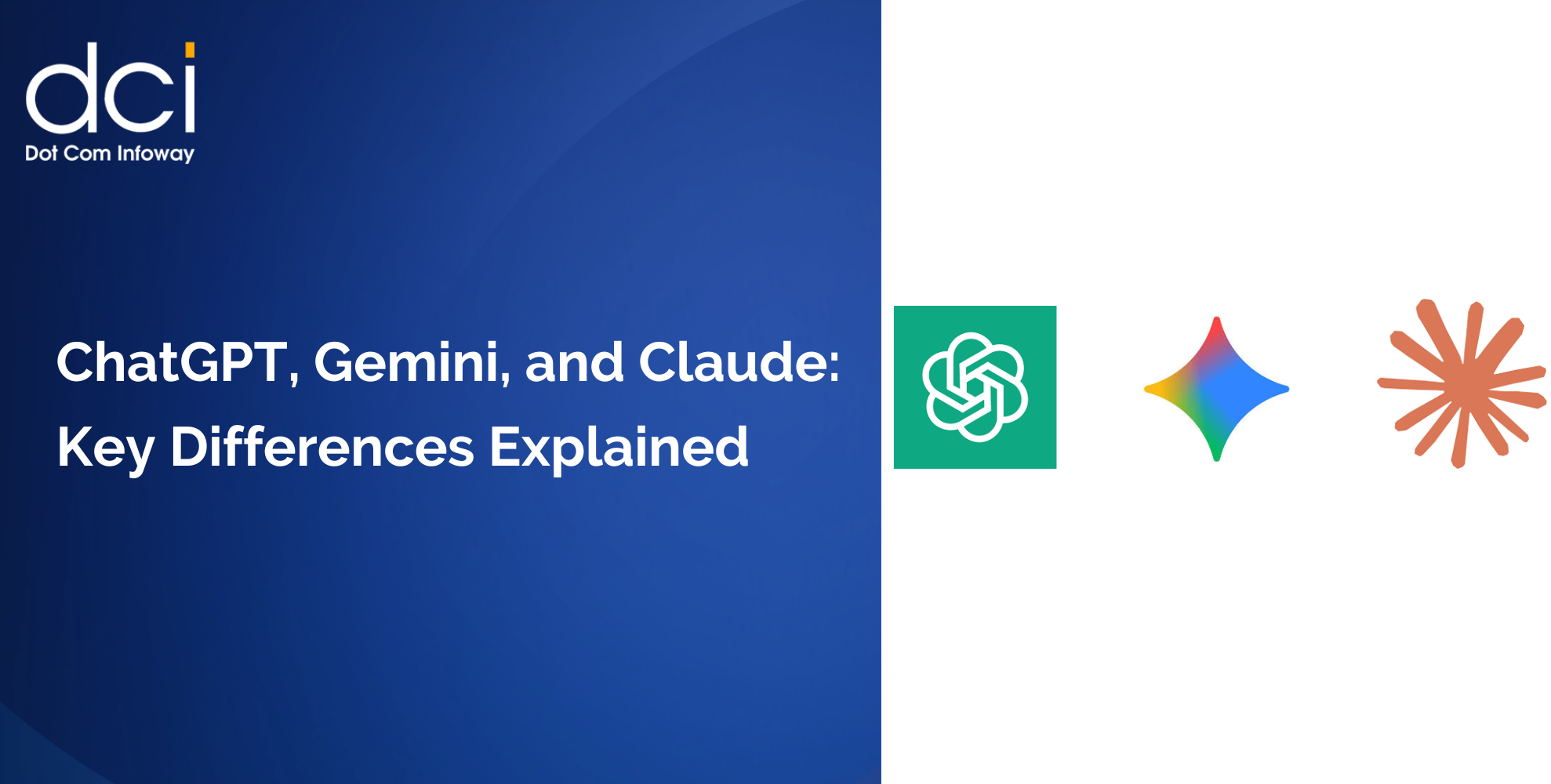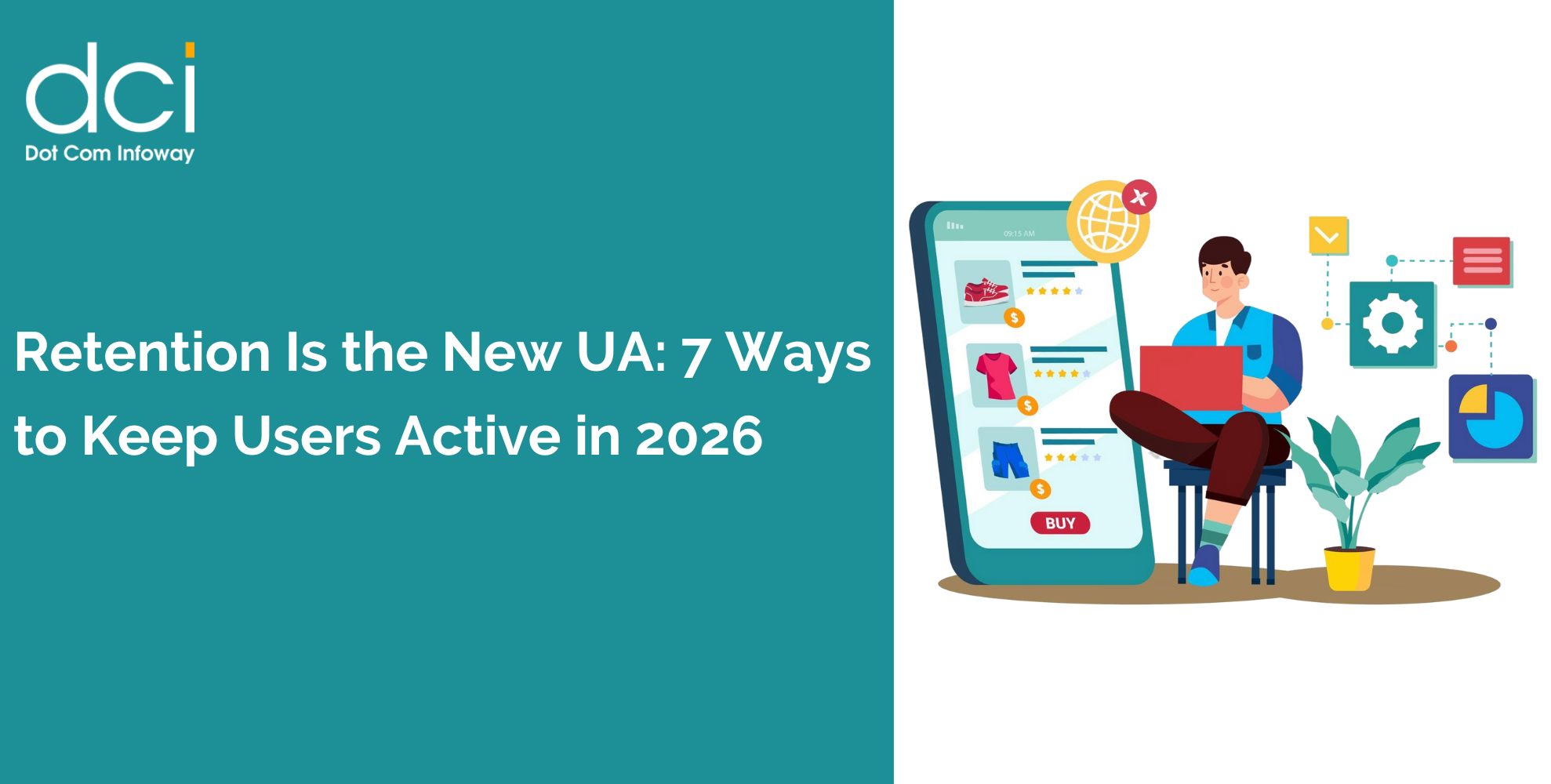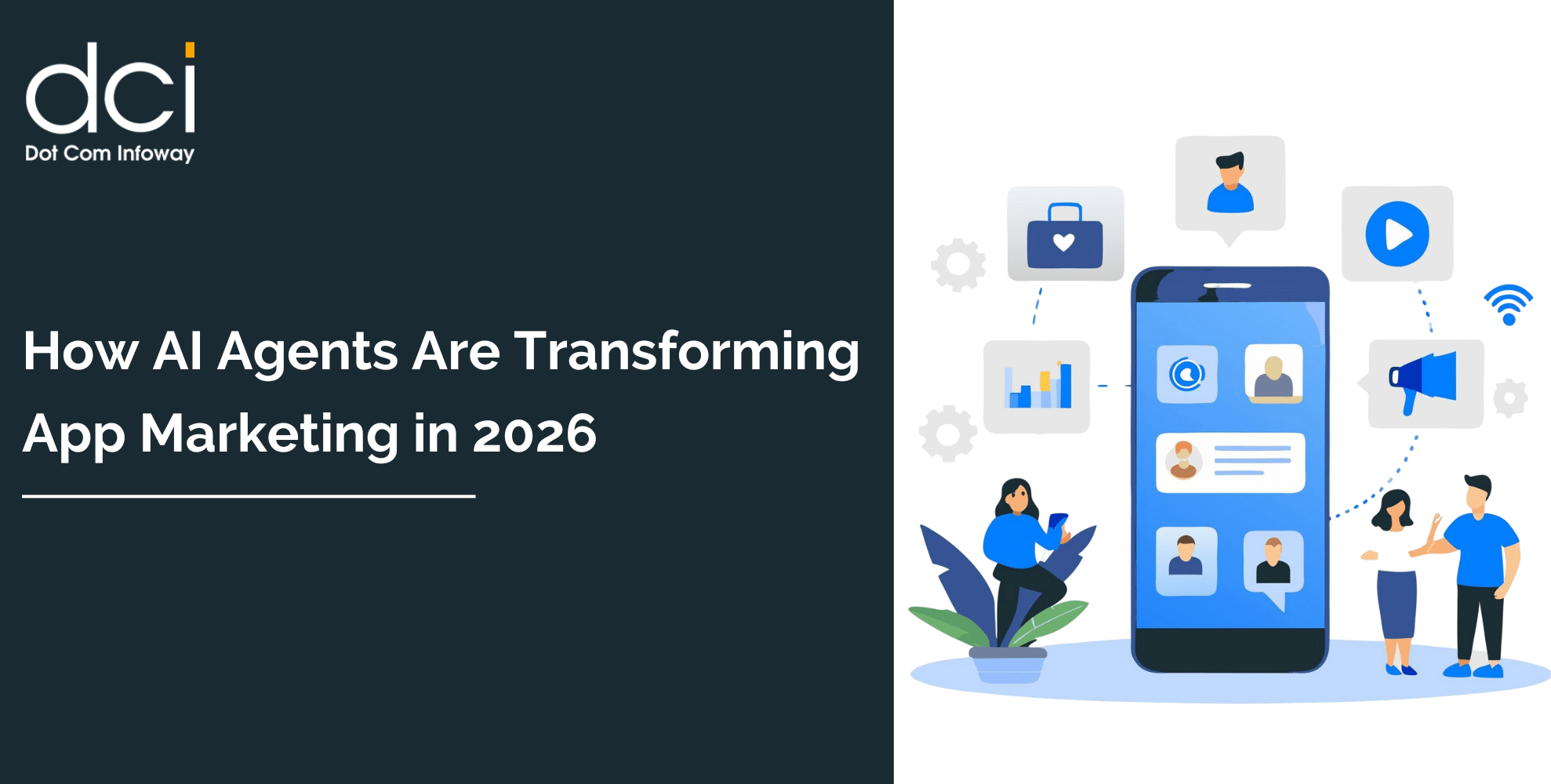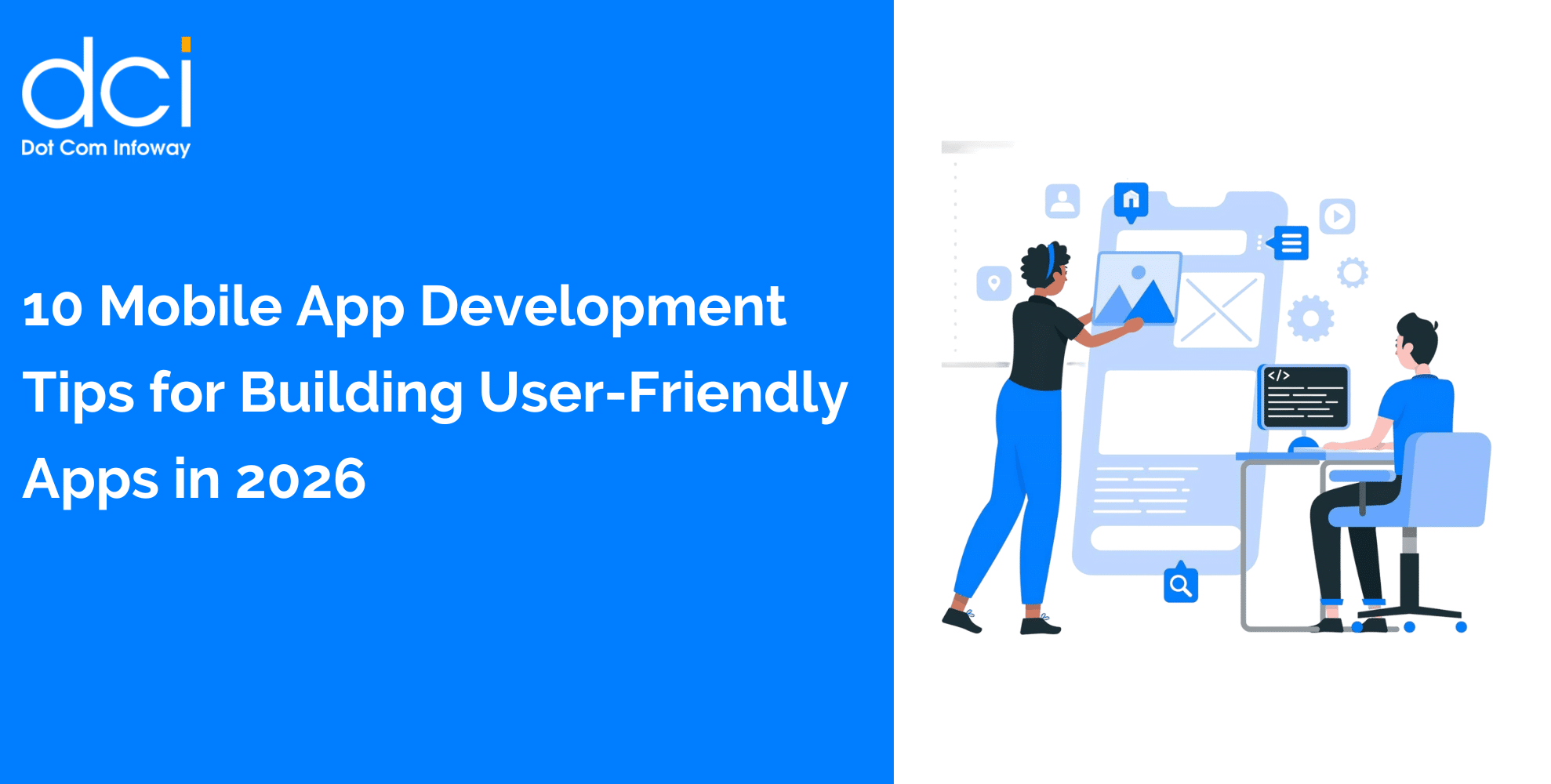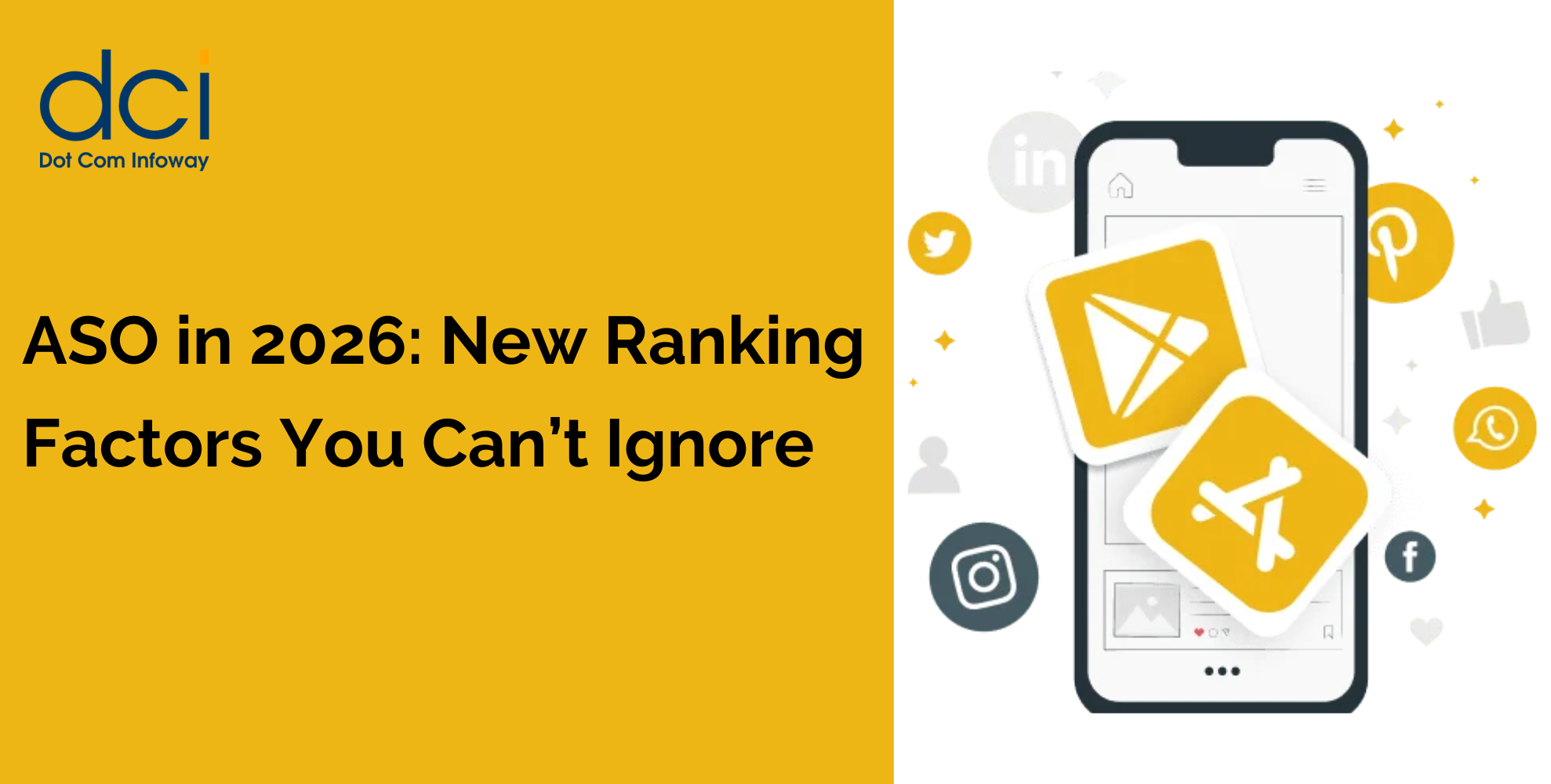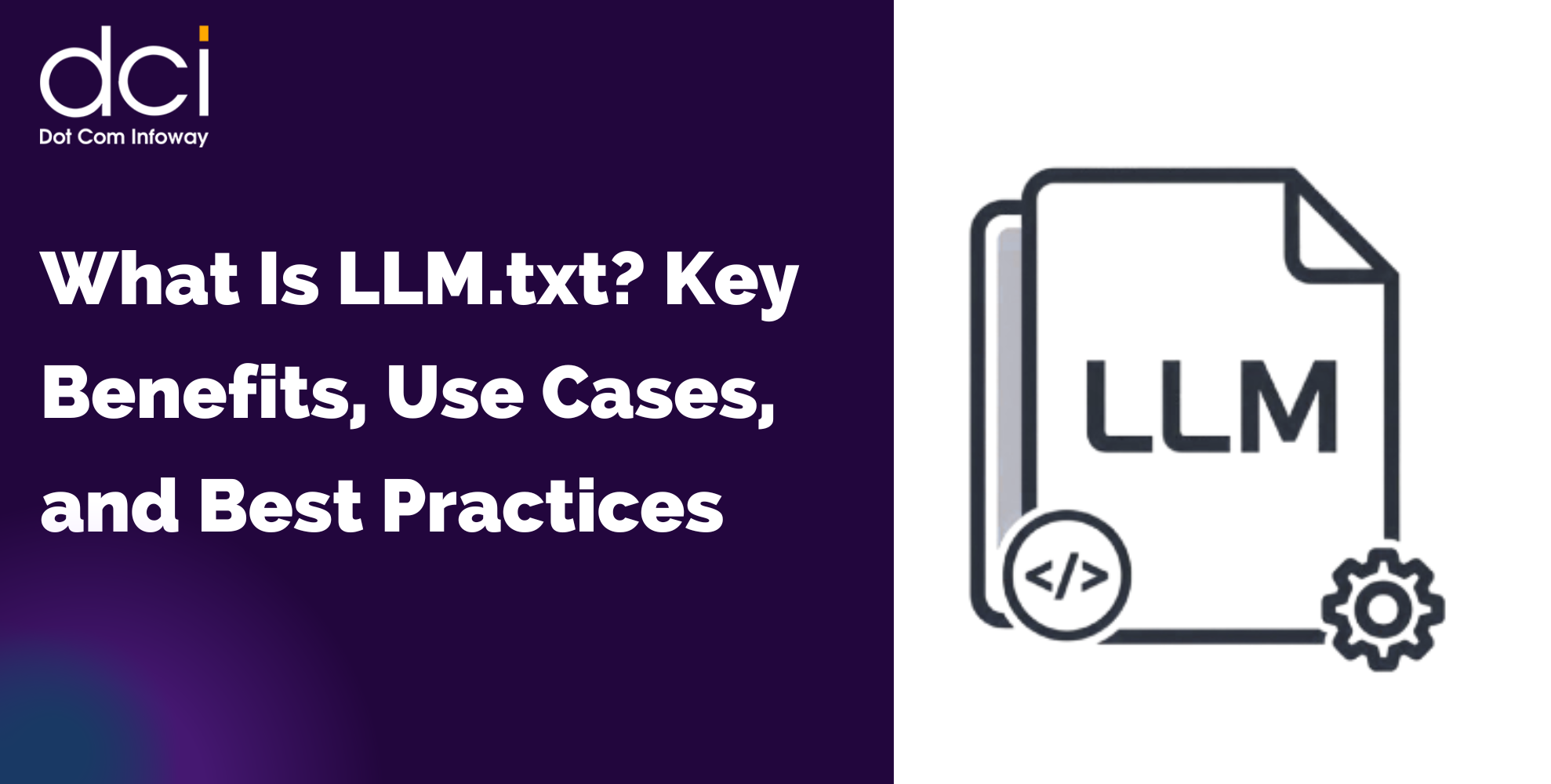Killer Strategies of Mobile App Re-Engagement
Any app developer reading through this article may be wondering “What’s unique about these set of strategies?”
It’s simple. The list below entails re-engagement strategies which have been used, approved and integrated by the crème in the industry. So let’s go right into it.
Attract the Right Users
In a platform with millions of users, it is easy to miss out on the right audience. Take your time to research on your target market. This is made easier if you have set specific goals for your app. However, the main focus should be the users who have abandoned the app or are inactive.
To attract the right crowd, app owners are urged to make use of mobile analytics. This is because it pinpoints all users visiting your platform. The interesting bit is that it also gives the location where the most and least traffic is coming from.
To some extent, app developers lose out on users due to lack of a clear target group. This leads to deviation of first-timers who find out that the app doesn’t work for them.
Subsequently, having the wrong crowd may cost you in terms of bad publicity. This shouldn’t come as a shock given the lucrative nature of the industry. In short, a comprehensive analysis and survey should drive the right audience to your mobile app.
Opt-In Push Notifications
Do you ever wonder the type of reaction your app solicits on users? Well, always ask yourself this question. At times, you might have an amazing app but fail to actively engage your users. There are multiple ways to keep your users actively engaged.
The most basic channel is the opt-in push notification on mobile apps. Its working principle is similar to a text message as it pops on the display of the mobile device of the users. For example, notify your users on new music releases to solicit for downloads or views.
As you include push notification make sure that you don’t overdo this as it may annoy users. Resist the urge to include irrelevant information and use of multiple opt-in notifications. Additionally, it’s helpful if you give users the liberty to turn on and off these notifications.
Take your time to study your users as it enables you to understand first-timers from dormant users. The essence of doing this is to allow you understand the appropriate timing and methodologies of engaging with the users.
Advertise Using Rich Media, Search and Display
The success of any app is either attracting new users or activating dormant ones, this requires the use of intense mobile app marketing strategies. One of the channels is the media (print, social, visual). The best way to go about it is using the platform where the user first heard of the app. It may be Twitter, Facebook, Instagram or any other well- known social site.
This is a more guaranteed way of getting in touch with users who haven’t been using your app. At the end of the day, it’s prudent to be aware of the most useful strategies that will increase your viewership among users.
Make your app available on search engines and App stores results such as Google, Google Play. The best way to handle this is to implement structured App Store Optimization and Link building for the app. By doing this, you make your app more visible for the focused keyword query. Having this makes it more visible in the search results.
Information such as user ID, mobile advertiser ID, and email address can be harnessed for Re-engagement activities. Re-engagement ads have been enhanced and optimized to target the previous app users and help reacquire them.
For those with the financial muscles, don’t hesitate to involve the mainstream media to run your ads. The good thing about this is that it’s able to reach a wider audience. Nonetheless, it shouldn’t be lost to you that advertising is costly and calls for a strategic approach to achieve the desired outcome. Remember retaining and re-engagement is no mean task.
Deep Linking
To understand this phenomenon we are going to use the search web in the sense that it involves using URL to link content. Traditionally, users were re-directed to the search and browse page. This was frustrating and consumed a lot of time.
However, with deep linking app developers and makers are capable of taking users to the desired app screen. So what are the steps of deep linking?
First, pick keywords that you are going to use for linking. This will be done through research and evaluation of your app to determine most suitable words. Then select the precise app screen to link your users to. Once you’ve done this then your app has succeeded in deep linking.
One benefit of deep linking is that it’s time-saving. This is because it immediately delivers the needed results. It further promotes app quality and user conversion rates. If you get this right, then deep linking is bound to re-engage your lost users.
Apart from user re-engagement, deep linking aids in retaining users on your platform.
Track and Trigger
This is a simple process that entails app developers following on the actions and steps undertaken by users as they use the app.
What do you achieve through tracking?
Well, you are able to spot app screens that are favorite among users. Apart from this, tracking highlights the conversion as well as the diversion points for users. Armed with this information, app developers should be in a position to work on their strengths and weaknesses.
After identifying these points, you can introduce adjustments that will motivate users to proceed from where they left off. One way of adjusting is by including salient features on the app screen or do away with some of the obstacles.
This implies that you’ll have to keep re-evaluating this until the desired result is achieved. Interestingly, app tracking allows app developers to list all users who have downloaded the app. This is useful in knowing the numbers of users who have left or revisited the app.

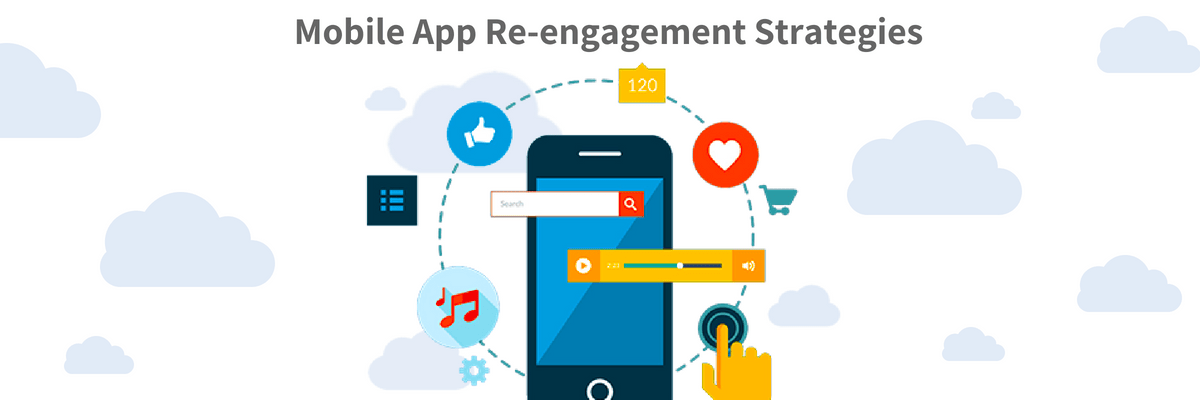

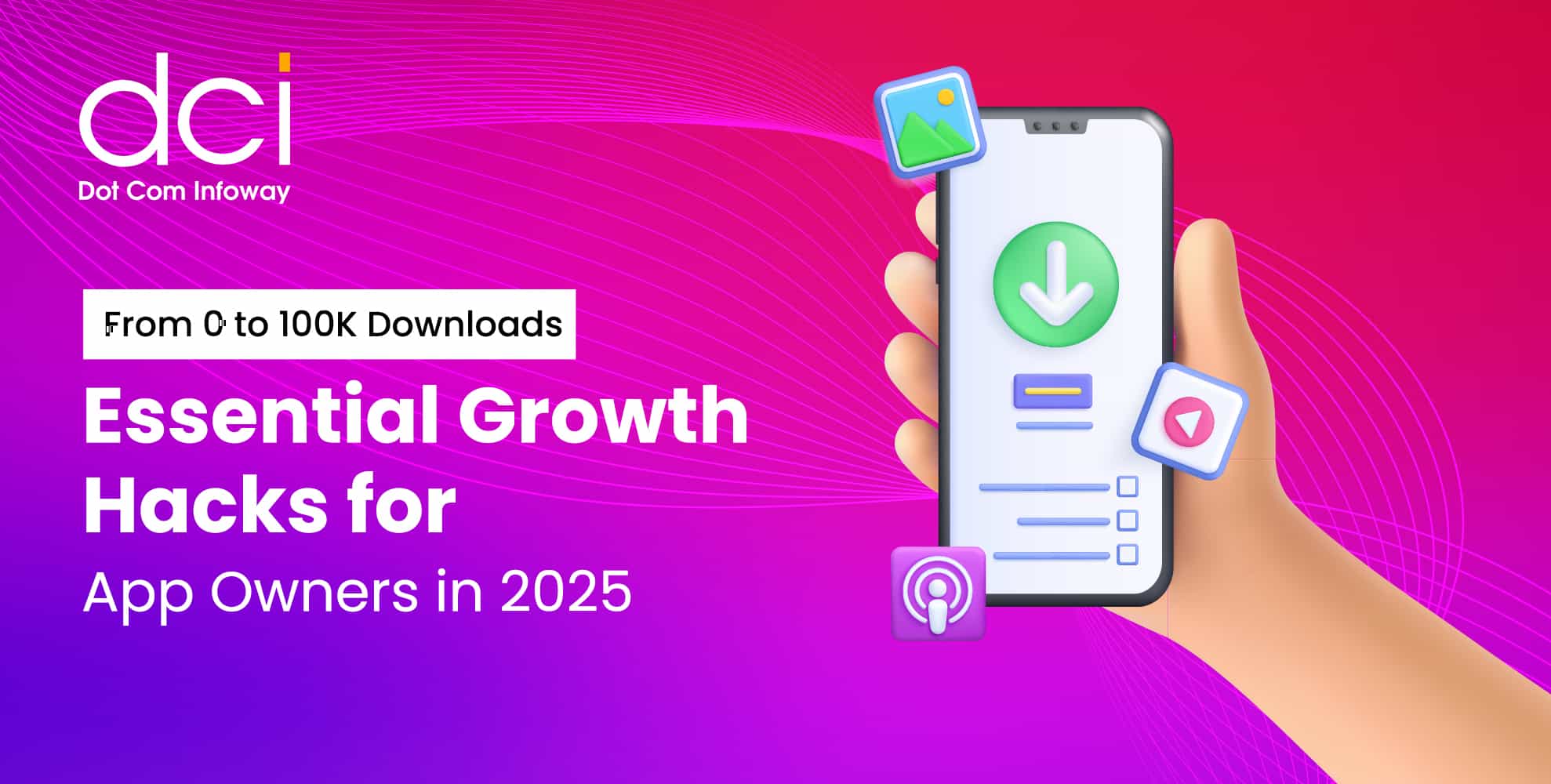

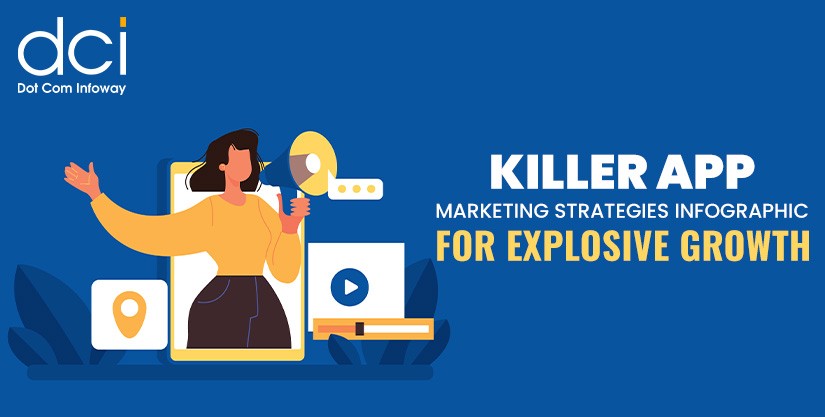

![The Game Marketing Guide: Pre and Post-Launch Strategies [Infographic]](https://www.dotcominfoway.com/wp-content/uploads/2023/09/DCI-Game-Marketing-blog-1.jpg)

